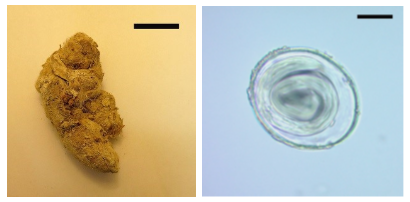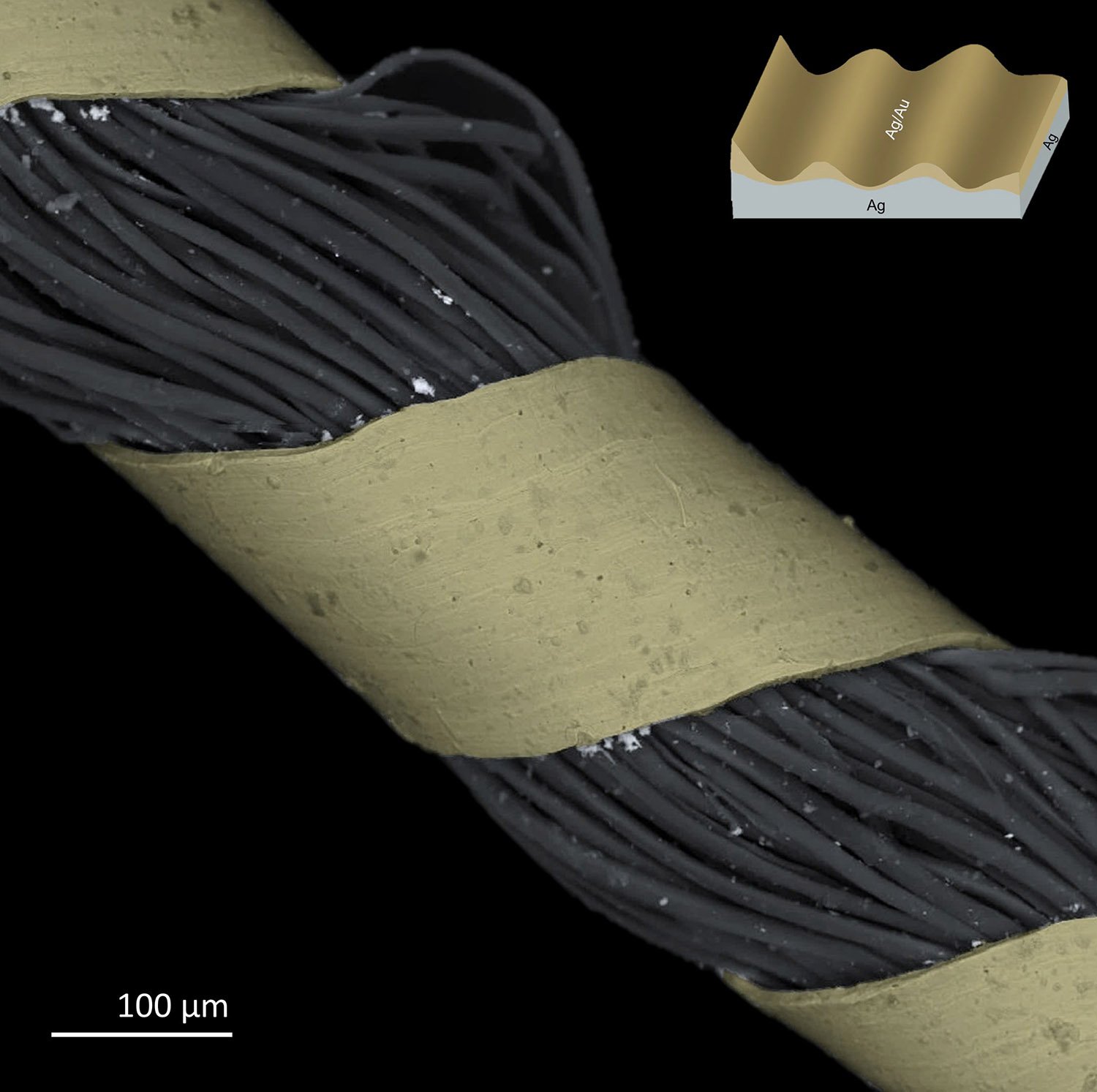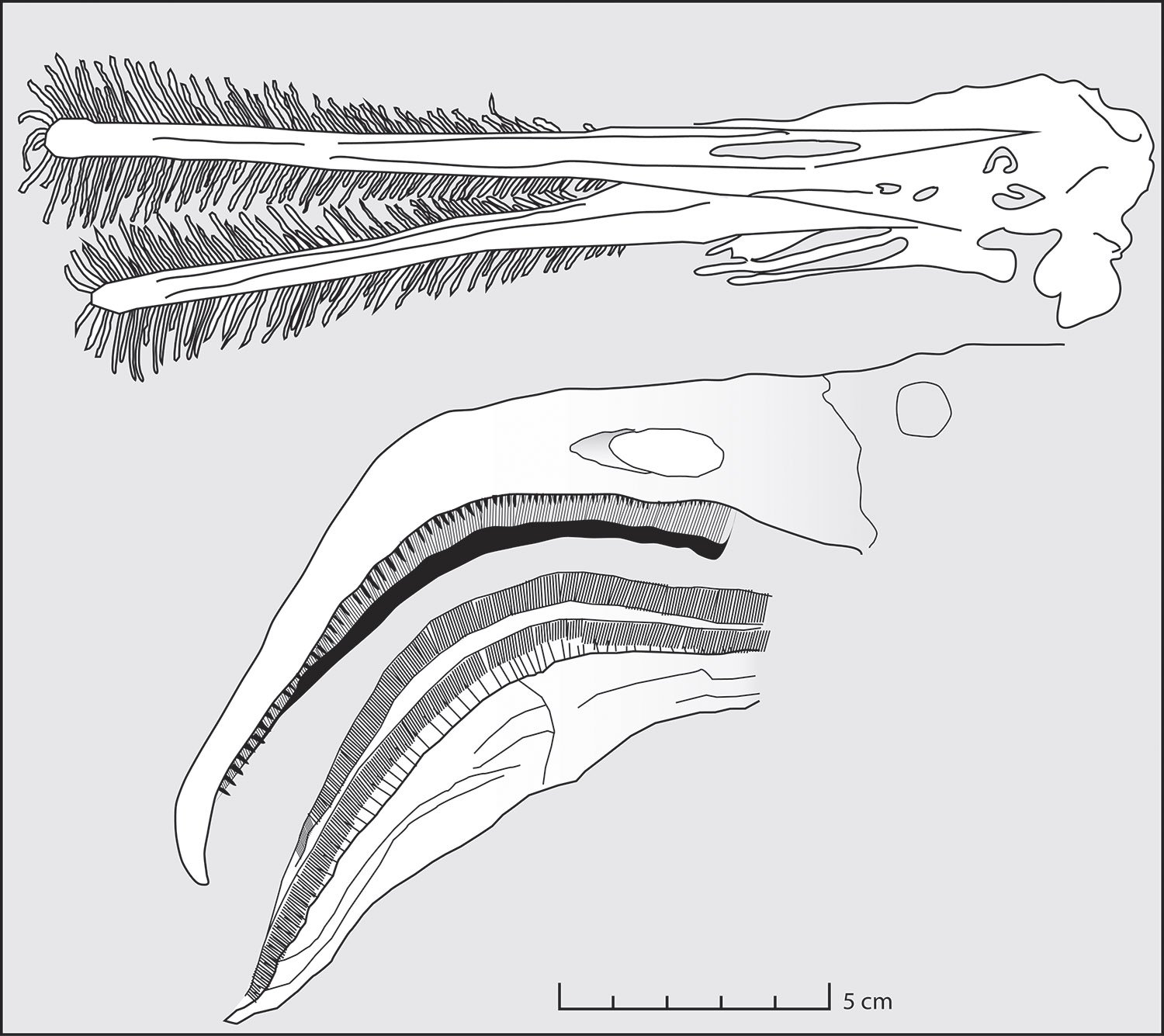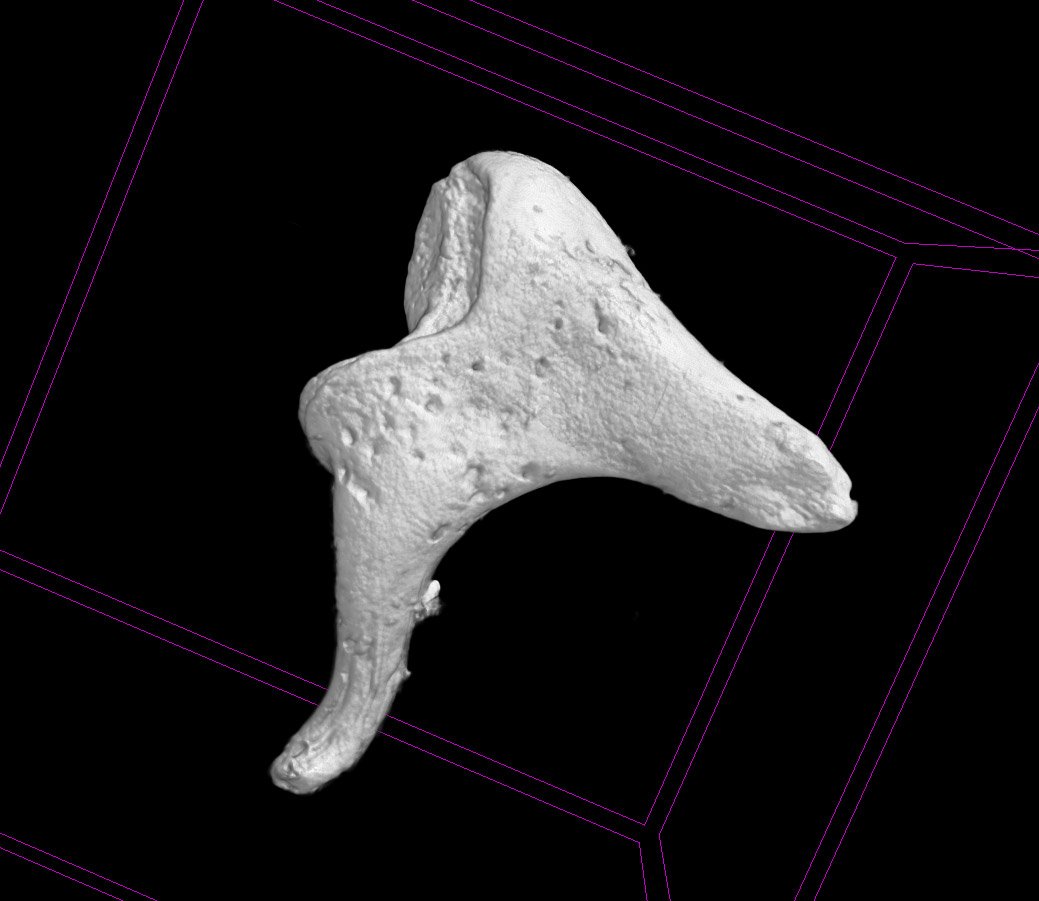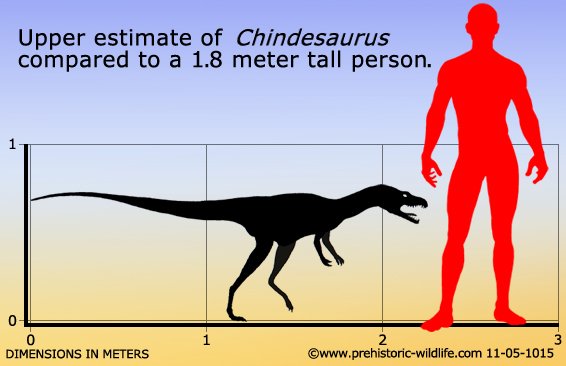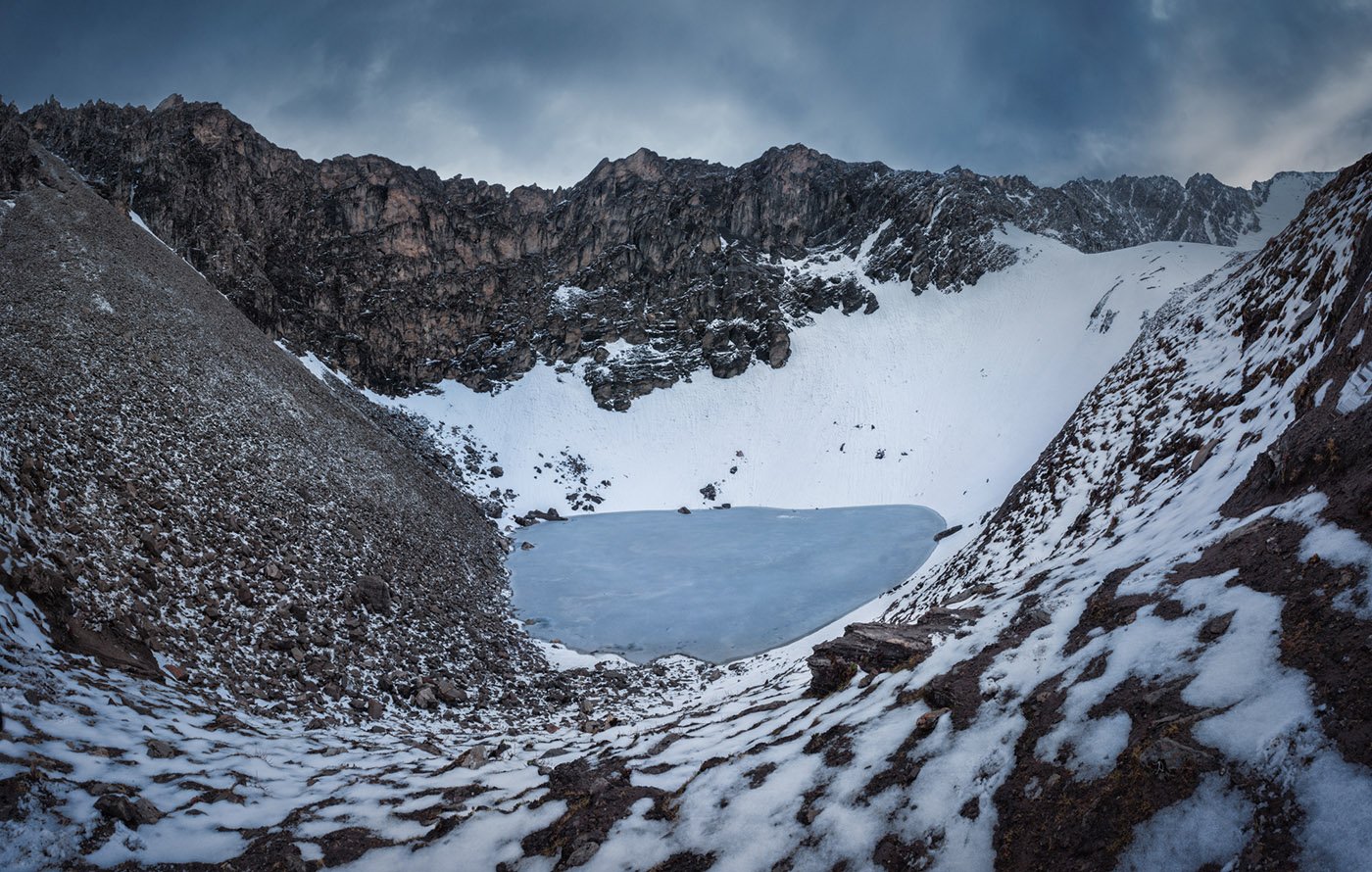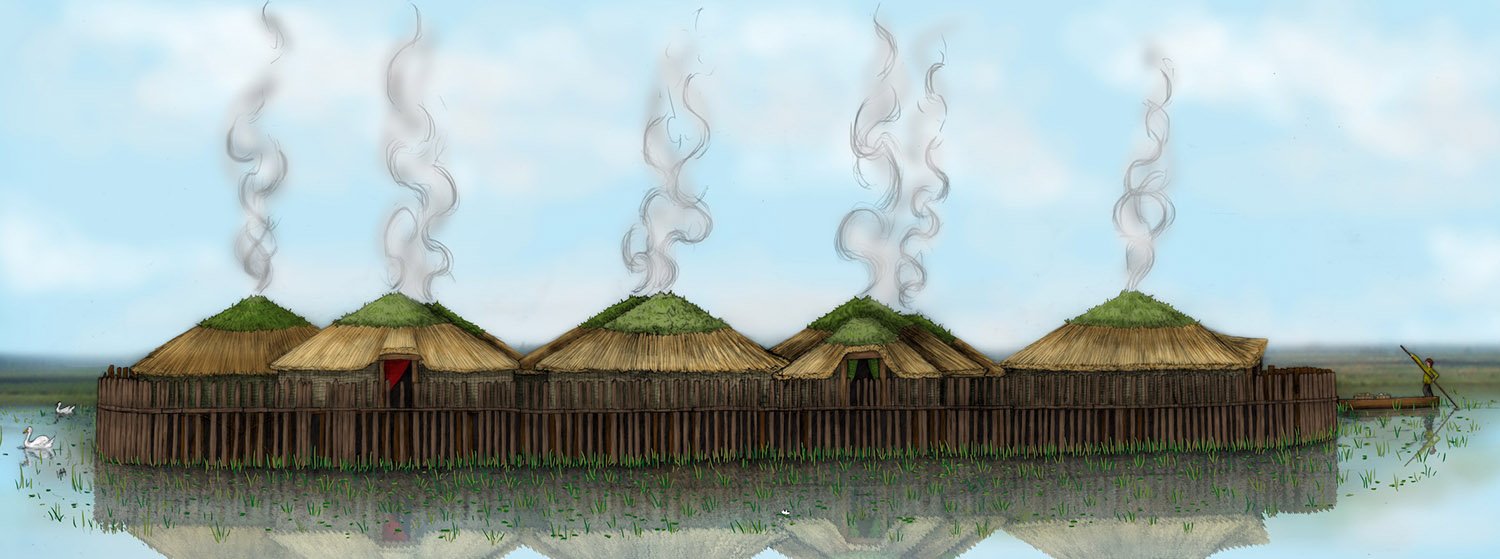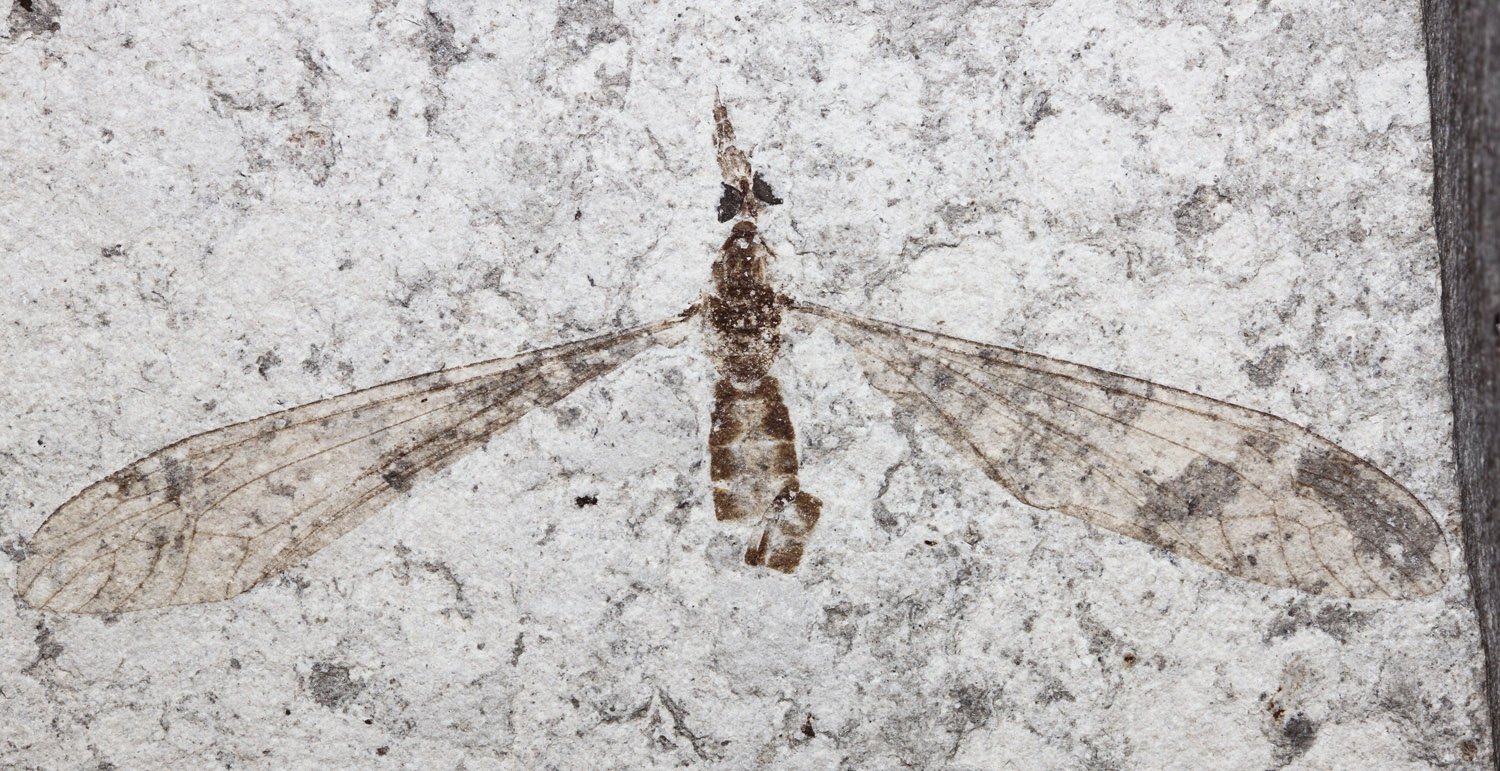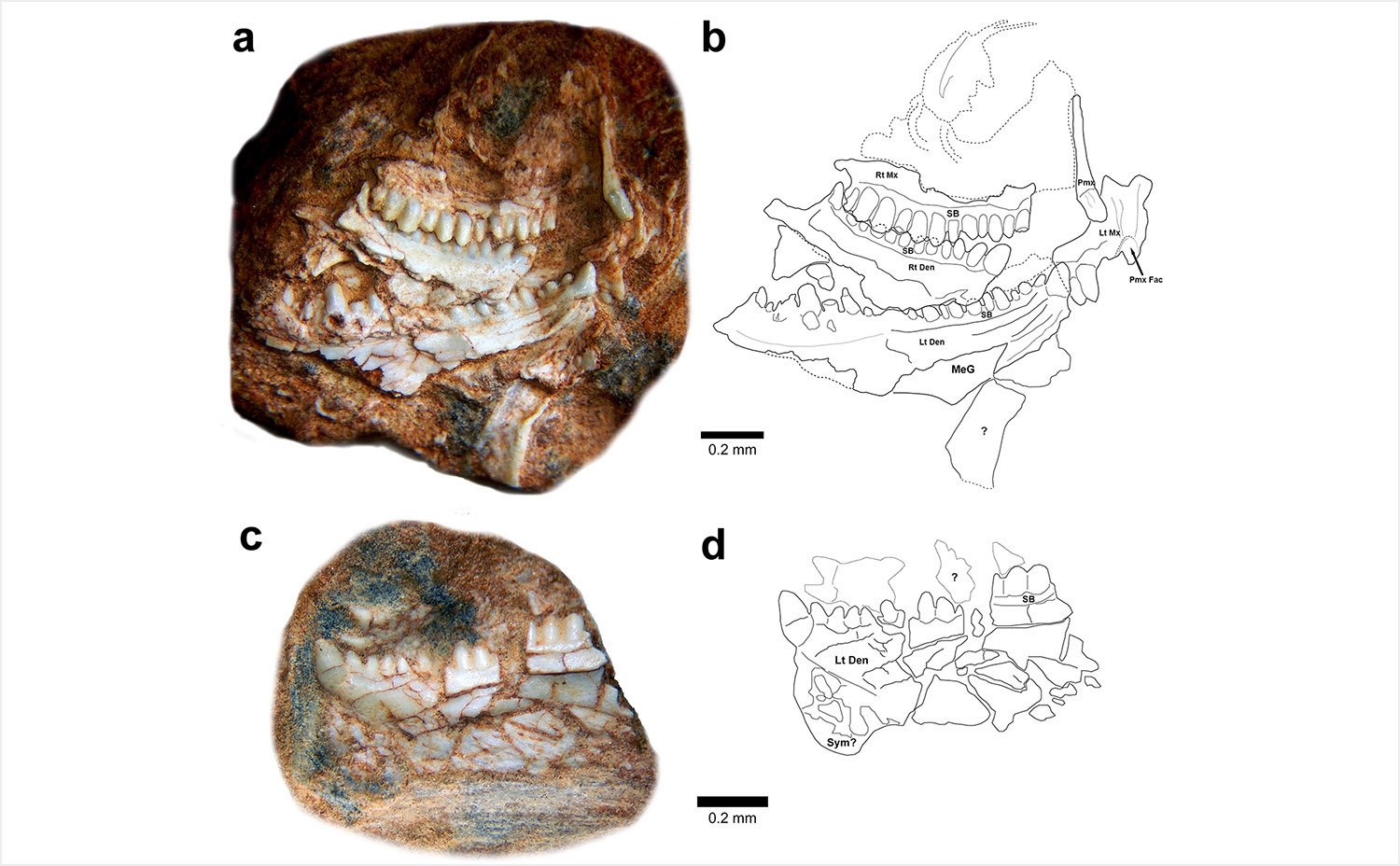Prehistoric puma poo reveals oldest parasite DNA ever recorded
A team of Argentinian scientists from the National Council of Scientific and Technical Research (CONICET) made the discovery after studying a coprolite taken from a rock-shelter in the country’s mountainous Catamarca Province, where the remains of now extinct megafauna have previously been recovered in stratigraphic excavations. Radiocarbon dating revealed that the coprolite and thus the … Read more
